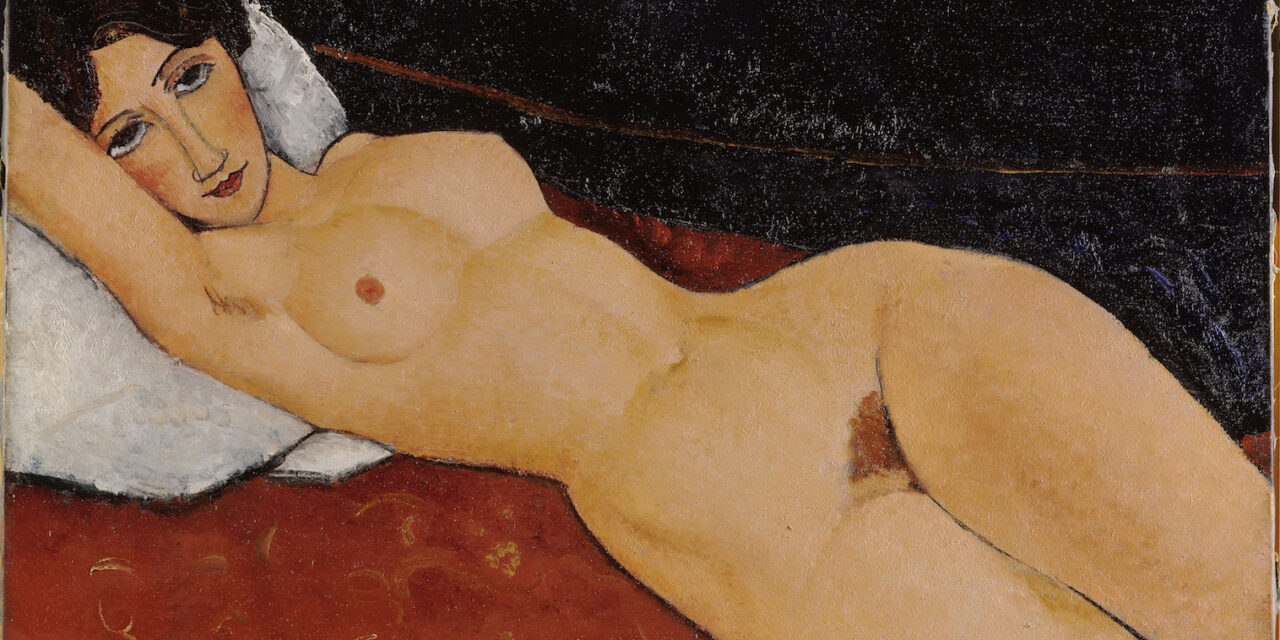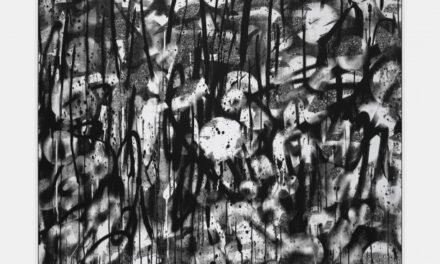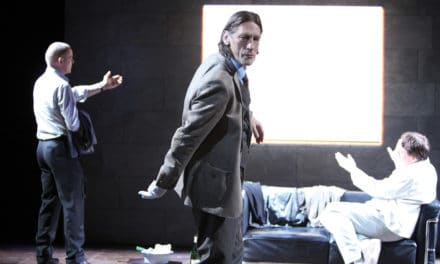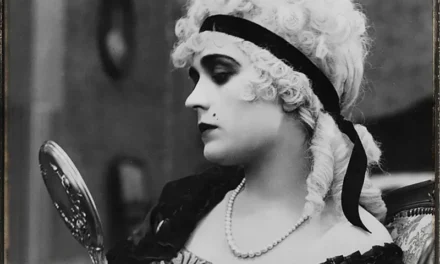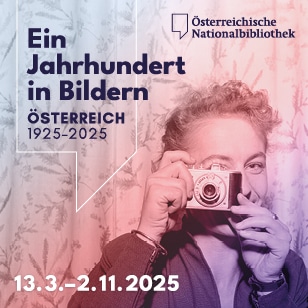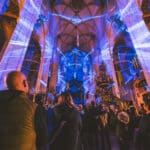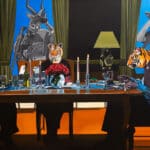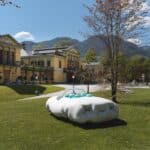The Albertina in Vienna is one of the most important art museums in the world, located in the Palais Erzherzog Albrecht (also known as Albrechtspalais), a historic Habsburg residence in Vienna's 1st district, right next to the Hofburg. The striking name Albertina refers to the founder of the collection: Albert Casimir Duke of Saxe-Teschen, son-in-law of Empress Maria Theresa. The works on permanent display in the Albertina are joined by works by important artists, which are shown in various temporary exhibitions.
The Albertina is home to all the great artists of modern and contemporary art history. From French Impressionism and Fauvism to works by the Expressionist artist groups and the Russian avant-garde to numerous masterpieces by Picasso, the Albertina is home to all the pioneering ideas of modern and contemporary art.
The graphic art collection offers a true panorama of art: founded in 1776 by Duke Albert of Saxe-Teschen, it now comprises over a million drawings and prints from the late Gothic period to the present day. From Michelangelo and Dürer to Rembrandt and Rubens, from Klimt and Schiele to Picasso, Richter and Lassnig - the collection provides a rich overview of 600 years of art history.
Today, the Albertina's photo collection is the most important and largest collection of artistic photography in Austria. Around 100,000 photo-historical treasures trace the most important photographic developments and provide an introduction to various genres such as portrait, architecture, landscape and street photography from the beginnings of the medium to the present day. The photographic masterpieces of the Albertina are shown in changing presentations in the Galleries for Photography.
Whether Baroque cityscapes, magnificent Renaissance buildings or architectural ensembles such as Vienna's Ringstrasse: with over 40,000 plans, studies and models, the Albertina's architecture collection offers a fascinating overview of the genre of architectural drawing. From late Gothic to contemporary architecture, important works by Bernini, Borromini, Hansen, Wagner, Loos, Hollein, Hadid and many more are represented.
The museum was the residence of Habsburg archdukes and archduchesses for around 100 years. Twenty sumptuously furnished and lavishly restored state rooms bear witness to this period, with valuable wall coverings, chandeliers, fireplaces, exquisite inlays and fine furniture that transport visitors to the magnificent realm of classicism.
Modigliani - Picasso. Revolution of primitivism
Throughout his life, he was plagued by poverty, misfortune, drug excesses and serious illness, and was only able to pay his rent and survive on the bare necessities with his art. Today, the Livorno artist Amadeo Modigliani, who died in 1920 at the age of just 35, is one of the most expensive artists in history, with his paintings fetching hundreds of millions.
The Albertina in Vienna is honoring Amedeo Modigliani (1884-1920) on the 100th anniversary of his death with a spectacular retrospective comprising around 125 objects from three continents. Originally planned for the anniversary year 2020, the show was postponed due to its importance and the pandemic: Now this fascinating, powerful artist is also being shown in Austria for the first time. The exhibition brings together major works from the most prestigious museums and private collections from the USA to Singapore, from Great Britain to Russia, with larger groups of works from the Musée Picasso, Paris, and the Jonas Netter Collection, who was a great patron of Modigliani during his lifetime. It will locate the artist within a unique circle of avant-garde painters and at the same time position him at the center of what can be described as the revolution of primitivism.
The life of Modigliani, the painter and sculptor who failed at an early age, can hardly be surpassed in terms of drama: Already at the age of eleven, Modigliani suffered from severe pleurisy. At the age of 14, in 1898, he contracted typhoid fever, a disease that was considered fatal at the time. He later suffered from chronic tuberculosis, which ultimately cost the 35-year-old his life. Two days later, his fiancée, Jeanne Hébuterne, who was eight months pregnant, took her own life.
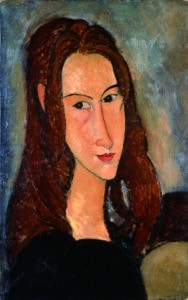
Amedeo Modigliani Girl with red hair, 1918 Red-Haired Girl © Private Collection
Archaic and avant-garde
Modigliani often referred to the Renaissance in his works, but also drew on African, primitivist art. This unique exhibition at the ALBERTINA Museum pays particular attention to his lifelong engagement with the art of primitivism: Modigliani's oeuvre is juxtaposed with works by his counterparts Pablo Picasso, Constantin Brâncuşi and André Derain, as well as artifacts from so-called "primitive" - prehistoric, archaic or non-European - cultures.
Modigliani's legendary life and his artistic crossing of borders play a special role in art history: And this without him being a pioneer or trailblazer in the strict sense. He was in contact with the greats of his time in the heart of Paris' Montmartre and left us impressive portraits of Picasso, Matisse and Diego Rivera - and yet he remained unrecognized throughout his life. Scandals surrounding his allegedly pornographic paintings also hampered his success. The Italian artist always remained a stylistic outsider and loner who pursued his own art. And yet his avant-garde bridging of modern art and centuries-old epochs represents an outstanding, completely individual contribution to art history.
September 17, 2021 to January 9, 2022

